Background
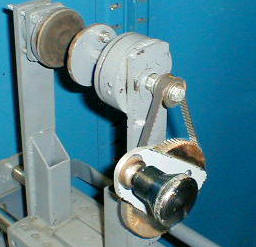 |
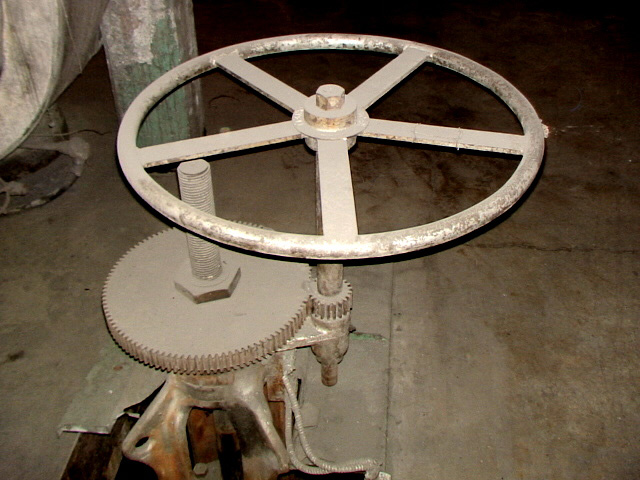 |
| Speed | Strength |
The gear is an ancient mechanism that continues to have new uses. Gears can be used either to increase speed (thereby reducing motions) or increase force (thereby reducing exertion). Gears can also be used to change the direction of force, which enables many creative opportunities. Simple gears can be often be applied at low cost.
Common options for improvement
Speed vs. strength
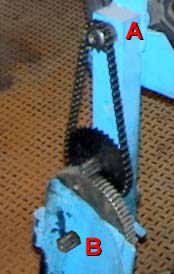 The degree of the change depends upon the number of gears used and relative size of the gears (the “gear ratio”). The example above shows both.Whether a gear is used to reduce motions or to reduce exertion depends on which gear is turned. In the example above, turning the gear at A creates a huge force at B. Conversely, turning at B yields high speed at A.
The degree of the change depends upon the number of gears used and relative size of the gears (the “gear ratio”). The example above shows both.Whether a gear is used to reduce motions or to reduce exertion depends on which gear is turned. In the example above, turning the gear at A creates a huge force at B. Conversely, turning at B yields high speed at A.
Direction
 |
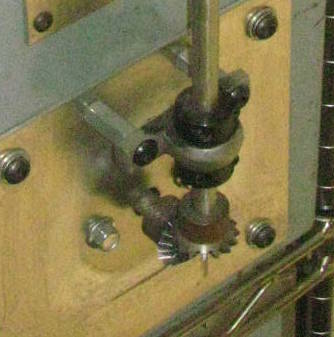 |
| Gear for knob at workstation | Close-up |
Gears are commonly used to change the direction of movement. This can be done whether or not there is a change is force or speed. In the example above, a gear is used to change the orientation of a control knob to make it more accessible. (A long shaft on the knob also reduces the reach to make it more accessible.)
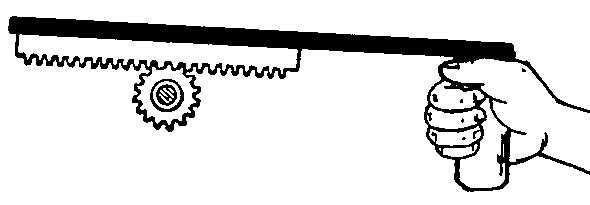 |
| Rack and pinion (no photo available) |
A rack-and-pinion gear changes a linear motion into a rotary one, or vice versa. The author used this concept to make a handle for a frequently used turning crank that was difficult to access. The linear “rack” with an extended handle reduced the reach. A single motion forward or backword, turned the “pinion” multiple times, thus reducing time and motions.
